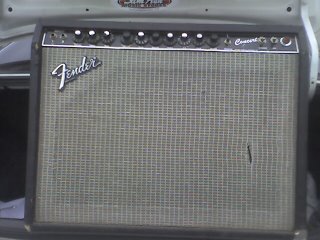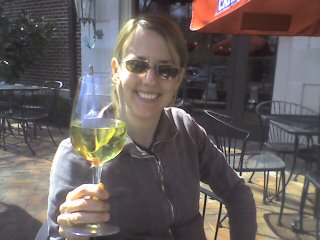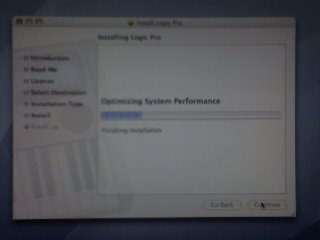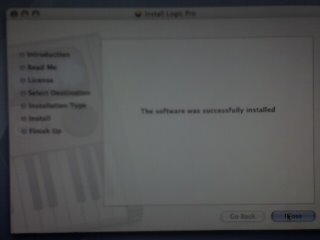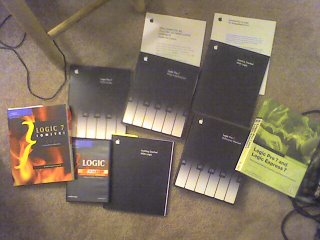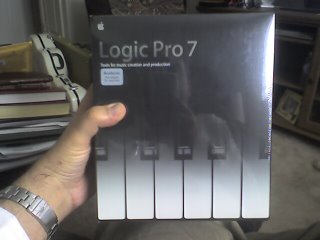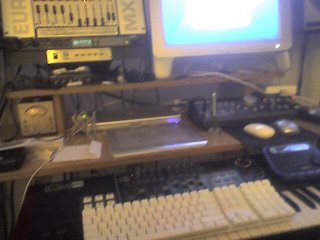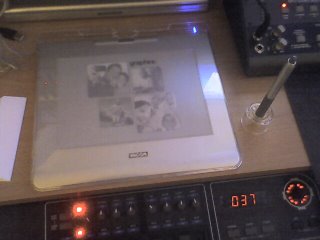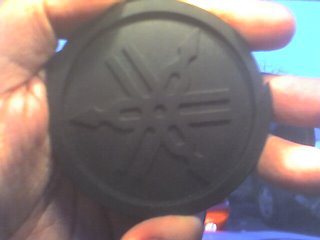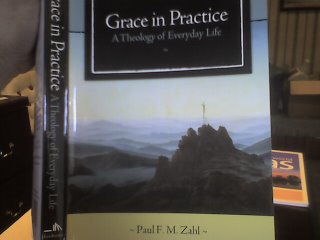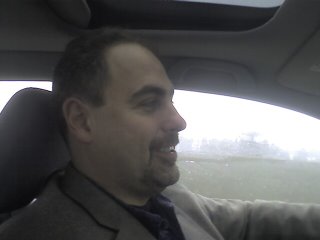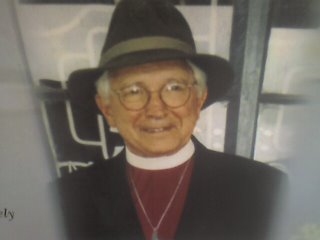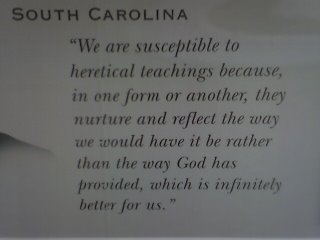Print Page Email Page
How Thinking Can Change the Brain
20 Jan 2007 (Sharon Begley, Wall Street Journal) Dalai Lama helps scientists show the power of the mind to sculpt our gray matter.
Although science and religion are often in conflict, the Dalai Lama takes a different approach. Every year or so the head of Tibetan Buddhism invites a group of scientists to his home in Dharamsala, in Northern India, to discuss their work and how Buddhism might contribute to it.
In 2004 the subject was neuroplasticity, the ability of the brain to change its structure and function in response to experience. The following are vignettes adapted from "Train Your Mind, Change Your Brain," which describes this emerging area of science:
The Dalai Lama, who had watched a brain operation during a visit to an American medical school over a decade earlier, asked the surgeons a startling question: Can the mind shape brain matter?
Over the years, he said, neuroscientists had explained to him that mental experiences reflect chemical and electrical changes in the brain. When electrical impulses zip through our visual cortex, for instance, we see; when neurochemicals course through the limbic system we feel.
But something had always bothered him about this explanation, the Dalai Lama said. Could it work the other way around? That is, in addition to the brain giving rise to thoughts and hopes and beliefs and emotions that add up to this thing we call the mind, maybe the mind also acts back on the brain to cause physical changes in the very matter that created it. If so, then pure thought would change the brain's activity, its circuits or even its structure.
One brain surgeon hardly paused. Physical states give rise to mental states, he asserted; "downward" causation from the mental to the physical is not possible. The Dalai Lama let the matter drop. This wasn't the first time a man of science had dismissed the possibility that the mind can change the brain. But "I thought then and still think that there is yet no scientific basis for such a categorical claim," he later explained. "I am interested in the extent to which the mind itself, and specific subtle thoughts, may have an influence upon the brain."
The Dalai Lama had put his finger on an emerging revolution in brain research. In the last decade of the 20th century, neuroscientists overthrew the dogma that the adult brain can't change. To the contrary, its structure and activity can morph in response to experience, an ability called neuroplasticity. The discovery has led to promising new treatments for children with dyslexia and for stroke patients, among others.
But the brain changes that were discovered in the first rounds of the neuroplasticity revolution reflected input from the outside world. For instance, certain synthesized speech can alter the auditory cortex of dyslexic kids in a way that lets their brains hear previously garbled syllables; intensely practiced movements can alter the motor cortex of stroke patients and allow them to move once paralyzed arms or legs.
The kind of change the Dalai Lama asked about was different. It would come from inside. Something as intangible and insubstantial as a thought would rewire the brain. To the mandarins of neuroscience, the very idea seemed as likely as the wings of a butterfly leaving a dent on an armored tank.
Neuroscientist Helen Mayberg had not endeared herself to the pharmaceutical industry by discovering, in 2002, that inert pills -- placebos -- work the same way on the brains of depressed people as antidepressants do. Activity in the frontal cortex, the seat of higher thought, increased; activity in limbic regions, which specialize in emotions, fell. She figured that cognitive-behavioral therapy, in which patients learn to think about their thoughts differently, would act by the same mechanism.
At the University of Toronto, Dr. Mayberg, Zindel Segal and their colleagues first used brain imaging to measure activity in the brains of depressed adults. Some of these volunteers then received paroxetine (the generic name of the antidepressant Paxil), while others underwent 15 to 20 sessions of cognitive-behavior therapy, learning not to catastrophize. That is, they were taught to break their habit of interpreting every little setback as a calamity, as when they conclude from a lousy date that no one will ever love them.
All the patients' depression lifted, regardless of whether their brains were infused with a powerful drug or with a different way of thinking. Yet the only "drugs" that the cognitive-therapy group received were their own thoughts.
The scientists scanned their patients' brains again, expecting that the changes would be the same no matter which treatment they received, as Dr. Mayberg had found in her placebo study. But no. "We were totally dead wrong," she says. Cognitive-behavior therapy muted overactivity in the frontal cortex, the seat of reasoning, logic, analysis and higher thought. The antidepressant raised activity there. Cognitive-behavior therapy raised activity in the limbic system, the brain's emotion center. The drug lowered activity there.
With cognitive therapy, says Dr. Mayberg, the brain is rewired "to adopt different thinking circuits."
Such discoveries of how the mind can change the brain have a spooky quality that makes you want to cue the "Twilight Zone" theme, but they rest on a solid foundation of animal studies. Attention, for instance, seems like one of those ephemeral things that comes and goes in the mind but has no real physical presence. Yet attention can alter the layout of the brain as powerfully as a sculptor's knife can alter a slab of stone.
That was shown dramatically in an experiment with monkeys in 1993. Scientists at the University of California, San Francisco, rigged up a device that tapped monkeys' fingers 100 minutes a day every day. As this bizarre dance was playing on their fingers, the monkeys heard sounds through headphones. Some of the monkeys were taught: Ignore the sounds and pay attention to what you feel on your fingers, because when you tell us it changes we'll reward you with a sip of juice. Other monkeys were taught: Pay attention to the sound, and if you indicate when it changes you'll get juice.
After six weeks, the scientists compared the monkeys' brains. Usually, when a spot on the skin receives unusual amounts of stimulation, the amount of cortex that processes touch expands. That was what the scientists found in the monkeys that paid attention to the taps: The somatosensory region that processes information from the fingers doubled or tripled. But when the monkeys paid attention to the sounds, there was no such expansion. Instead, the region of their auditory cortex that processes the frequency they heard increased.
Through attention, UCSF's Michael Merzenich and a colleague wrote, "We choose and sculpt how our ever-changing minds will work, we choose who we will be the next moment in a very real sense, and these choices are left embossed in physical form on our material selves."
The discovery that neuroplasticity cannot occur without attention has important implications. If a skill becomes so routine you can do it on autopilot, practicing it will no longer change the brain. And if you take up mental exercises to keep your brain young, they will not be as effective if you become able to do them without paying much attention.
Since the 1990s, the Dalai Lama had been lending monks and lamas to neuroscientists for studies of how meditation alters activity in the brain. The idea was not to document brain changes during meditation but to see whether such mental training produces enduring changes in the brain.
All the Buddhist "adepts" -- experienced meditators -- who lent their brains to science had practiced meditation for at least 10,000 hours. One by one, they made their way to the basement lab of Richard Davidson at the University of Wisconsin, Madison. He and his colleagues wired them up like latter-day Medusas, a tangle of wires snaking from their scalps to the lectroencephalograph that would record their brain waves.
Eight Buddhist adepts and 10 volunteers who had had a crash course in meditation engaged in the form of meditation called nonreferential compassion. In this state, the meditator focuses on unlimited compassion and loving kindness toward all living beings.
As the volunteers began meditating, one kind of brain wave grew exceptionally strong: gamma waves. These, scientists believe, are a signature of neuronal activity that knits together far-flung circuits -- consciousness, in a sense. Gamma waves appear when the brain brings together different features of an object, such as look, feel, sound and other attributes that lead the brain to its aha moment of, yup, that's an armadillo.
Some of the novices "showed a slight but significant increase in the gamma signal," Prof. Davidson explained to the Dalai Lama. But at the moment the monks switched on compassion meditation, the gamma signal began rising and kept rising. On its own, that is hardly astounding: Everything the mind does has a physical correlate, so the gamma waves (much more intense than in the novice meditators) might just have been the mark of compassion meditation.
Except for one thing. In between meditations, the gamma signal in the monks never died down. Even when they were not meditating, their brains were different from the novices' brains, marked by waves associated with perception, problem solving and consciousness. Moreover, the more hours of meditation training a monk had had, the stronger and more enduring the gamma signal.
It was something Prof. Davidson had been seeking since he trekked into the hills above Dharamsala to study lamas and monks: evidence that mental training can create an enduring brain trait.
Prof. Davidson then used fMRI imaging to detect which regions of the monks' and novices' brains became active during compassion meditation. The brains of all the subjects showed activity in regions that monitor one's emotions, plan movements, and generate positive feelings such as happiness. Regions that keep track of what is self and what is other became quieter, as if during compassion meditation the subjects opened their minds and hearts to others.
More interesting were the differences between the monks and the novices. The monks had much greater activation in brain regions called the right insula and caudate, a network that underlies empathy and maternal love. They also had stronger connections from the frontal regions to the emotion regions, which is the pathway by which higher thought can control emotions.
In each case, monks with the most hours of meditation showed the most dramatic brain changes. That was a strong hint that mental training makes it easier for the brain to turn on circuits that underlie compassion and empathy.
"This positive state is a skill that can be trained," Prof. Davidson says. "Our findings clearly indicate that meditation can change the function of the brain in an enduring way."


